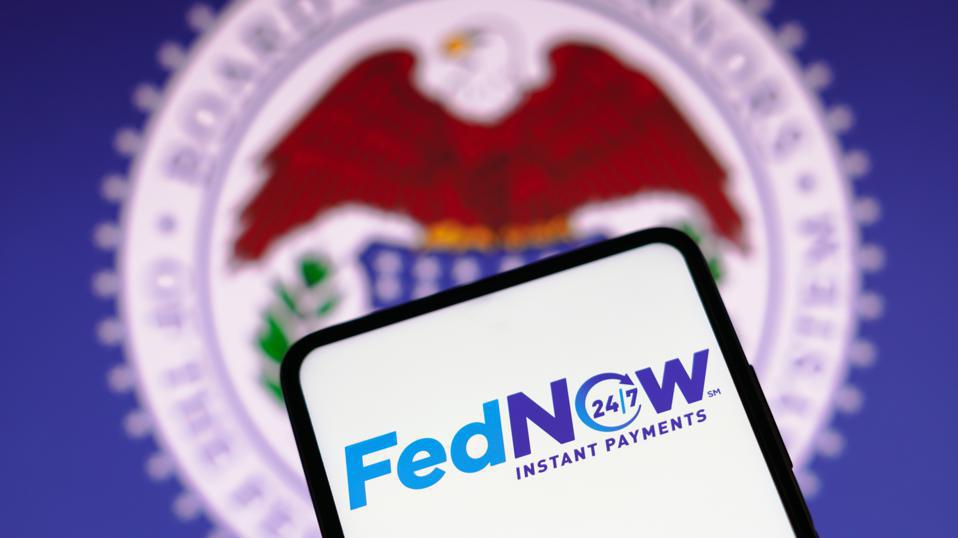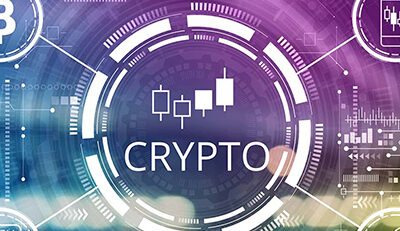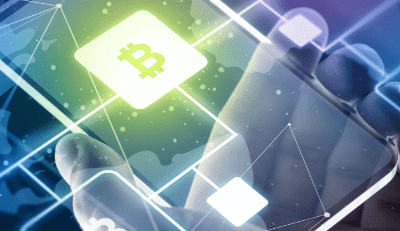Innovation
Leveraging Innovative Technologies to Drive Growth
Primax’s Innovation team is transforming the financial landscape through an increased focus on cutting-edge products and services. By identifying new technologies, monitoring market trends and implementing new tools, we can enable your financial institution to compete in the future. We are investing in a ‘digital first’ strategy and are focused on the following areas as we continue to optimize our operations and enhance the customer experience
Authentication
Evaluating opportunities to provide holistic, cross-channel solutions that leverage behavioral biometrics and other methods, while driving consumer experience.
Faster Payments
Identifying how to incorporate faster and real-time payments into our existing solutions to enable consumers and businesses to immediately send and receive funds.
AI & Machine Learning
Utilizing artificial intelligence and machine learning as strategic enablers of control and agility while supporting growth opportunities through process transformation.
Fintech/Open Banking
Engaging with Fintechs such as Mastercard Start Path to expedite innovation, improve efficiencies and keep pace with advancements.
Instant Payments with the FedNowSM Service
The FedNow Service is a new payment rail developed by the Federal Reserve that allows financial institutions to offer instant payments in a faster and more secure way. Primax is collaborating with Juniper Payments to offer the FedNow Service to financial institutions who want to stay competitive and provide new ways of payment for their accountholders.
Understanding Cryptocurrency
Cryptocurrency, or “crypto,” is a form of digital asset where monetary value is represented by a digital token. Since 2009, crypto has been gaining momentum in the financial services landscape, and interest in this digital currency is at an all-time high. Check out Primax’s wealth of information about this hot topic. Learn how to position your financial institution to understand the opportunities and risks and provide your customers with valuable options in this space.
To learn more, download our Cryptocurrency white papers
Crypto Compliance for Financial Services
A Cryptocurrency Update
Featured Blogs
Next Is Now
As an end-to-end, value-add financial technology and services provider, Primax can help financial institutions address their challenges, driving growth and increasing profitability. Our Innovation team is at the forefront of the industry so that your financial institution is equipped to offer your cardholders the seamless, connected experiences they demand.

Frequently Asked Questions (FAQs)
What is AI?
The theory and development of computer systems able to perform tasks that normally require human intelligence, such as visual perception, speech recognition, decision-making and translation between languages.
How does AI apply to financial services?
Machine learning, and the power of prediction that it provides, can enable financial institutions to redefine their processes, their products and services and, ultimately, their business models. The pace of change, as it relates to AI, is quickening. As costs to entry continue to converge with technological capability and computing power, businesses of all sizes, even the smallest of our credit unions, can capitalize on the power of AI. Advanced analytics provide business managers with data-driven insights to better understand their business processes and anticipate future needs.
What are Faster Payments?
The U.S. Faster Payments Council defines faster payments as “payments in which the transmission of the payment message and the availability of final funds to the payee occur in real time or near-real time, and on as near to a 24-hour and 7-day basis as possible.” Faster payments are credit push only and the transaction must originate from the funding source.
What are Real-time Payments?
Real-time payments are one of the types of payments that fall under the definition of faster payments. It is currently the fastest-growing segment in the payments space. This growth comes from the increasing number of use cases companies are finding that can take advantage of immediate settlement.
What are Real-time Payments used for?
Any account-to-account transfer that would benefit the sender or the receiver by having settlement for the payment take place instantly. On-demand payroll, account-to-account transfer, P2P and adding an option to existing billpay for immediate payments are just some of the use cases taking place. Small businesses can also benefit from real-time payments by receiving payments in seconds versus several days, and by being able to control the timing of outgoing payments.
How do Real-time Payments apply to financial services?
The real-time payments space has been developing in the U.S. market over the last two years and adoption is expected to increase. Financial institutions must integrate their core banking system, mobile and online experiences to implement real-time payments. Systems such as the core and any payments orchestration front-ends must also operate with no planned downtime, which requires significant investment in time, money and resources. A simpler way for an FI to participate partially in real-time payments is via Receive-only – a mode where the financial institution is certified to participate in real-time payments but does not enable members to initiate payments nor receive or respond to request.
What is Open Banking?
The ability to share data through APIs (Application Programming Interfaces), allowing third-party services access to a bank’s customer data.
How does Open Banking apply to financial services?
Fintechs require access to consumers’ banking data to provide a better user experience in the applications that the fintechs control and members use. For example, P2P apps access credit union members’ financial data for easier access to funds or authentication into the app and subsequent initiation of P2P transfers.







